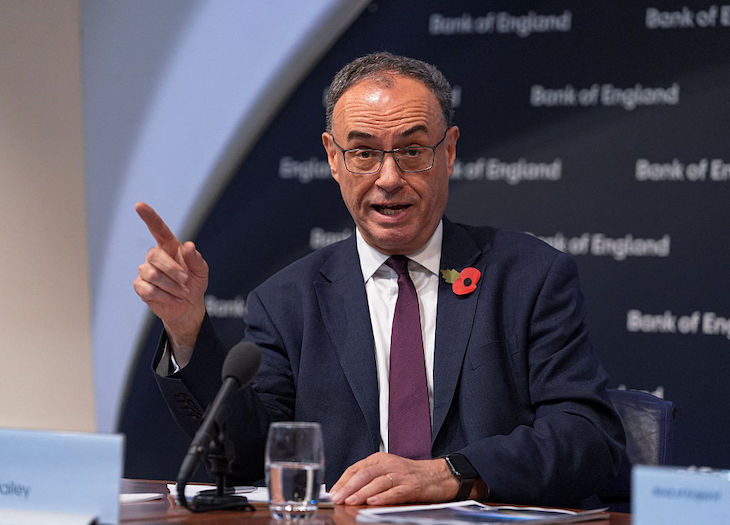Ozzy Osbourne and Black Sabbath did something British groups had not done before. Before them, the British Invasion groups – from the Beatles, the Stones and The Who down to Herman’s Hermits and Dave Dee, Dozy, Beaky, Mick and Tich – had taken American music and sold it to the British public as the American dream, as exotica. And when they exported it back to the States, the Americans – most of whom had never heard the music the groups began by copying – heard in it something fresh and exciting and joyful.
Sabbath instead sold the American nightmare back to the United States, filling arenas across North America, a much bigger concert draw there than at home. They were an English version of the great curdling that happened in American popular culture at the end of the 1960s as it became apparent Vietnam was never going to end: we got the Stones releasing doves in Hyde Park, they got Meredith Hunter murdered by Hell’s Angels when the Stones played Altamont. In the last year of the 60s, the Beatles were singing ‘Here Comes the Sun’. In America, the Stooges were singing, ‘It’s 1969 OK / War across the USA.’
The Stooges came from Detroit, Sabbath from Birmingham: both industrial cities, with racial tensions, and car industries whose plugs weren’t that sparky any longer. Both bands reflected the nihilistic hopelessness that comes with understanding there are no prospects. In Sabbath’s case, that was literally true: Osbourne had already served six weeks in prison for a disastrous robbery of a clothes shop when he was 17; the guitarist, Tony Iommi, only developed his doomy, downtuned style after losing two fingertips in a factory accident; he replaced them with melted and moulded washing up liquid bottle tops.
Osbourne never seemed to lose that fatalism, which in a world of living-their-best-life stars seemed unusually truthful and endearing. How much of what we saw on The Osbournes was real and how much was shtick for the cameras, we don’t know. But we do know that when he was thrown out of Sabbath in 1979, he assumed he’d be going back on the dole in Birmingham, not becoming one of the biggest hard rock stars of the 1980s.
At his final gig, with Sabbath, at Villa Park on 5 July, I watched from the Doug Ellis Stand, and I’ve seldom seen someone so obviously overwhelmed by his reception. Even performing from a ridiculous satanic throne, his voice cracked and weak, looking in obvious discomfort, he was adored and cheered to the rafters, And while it was a tribal event – no one was there because they’d stumbled on a ticket and there were some famous people on the bill – Osbourne’s position in that tribe was evident from the fact that most of the bill below him – playing for free for between 10 and 25 minutes – could headline arenas and festivals, and some of them routinely play stadiums. The closest we will come to a repeat is when either Paul McCartney or Keith Richards finally dies: only they are as beloved as Ozzy was.
That love was not down to talent. Like Richards, Ozzy was loved for his frailties, and for embodying something wild that many of us slightly envy, but only from a very great distance, since we also see its effects. Like Richards, he was seen as the embodiment of a ‘rock’n’roll lifestyle’, though of a different sort. Richards tended more Byronic and dissolute, Ozzy just seemed like a Brummie maniac given all the drugs and all the drink in the world, which was more or less what he was.
He was forgiven his sins
And, like Richards, he was forgiven his sins, and it is astonishing what he was forgiven for. Leave aside the pissing on the Alamo, and the dismembered bats and pigeons. In 1989, he was charged with attempted murder when he strangled his wife Sharon. She didn’t press charges – he was out of his mind on drugs, and prefaced his attempt by saying, ‘We’ve decided you’ve got to die’ – and it was written off as, ‘Well, Ozzy, eh?’
And amid the lionisation – which, for his contribution to rock, is deserved – it’s important to remember the other three members of Black Sabbath, who played with him the other week: Tony Iommi, Geezer Butler and Bill Ward. Ozzy became the face of heavy metal, but it was these three who provided the ballast. His legacy is inextricable from theirs.








Comments